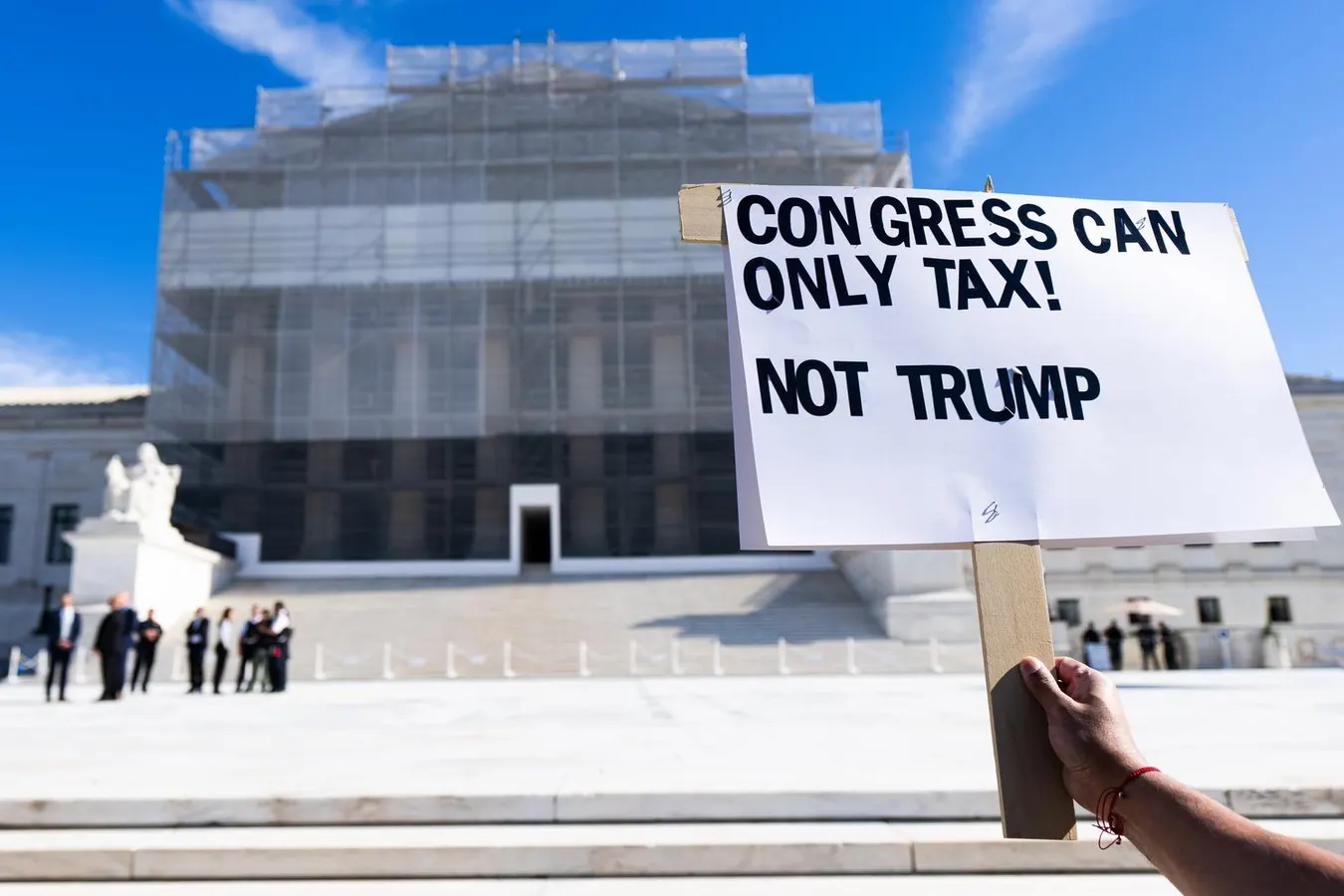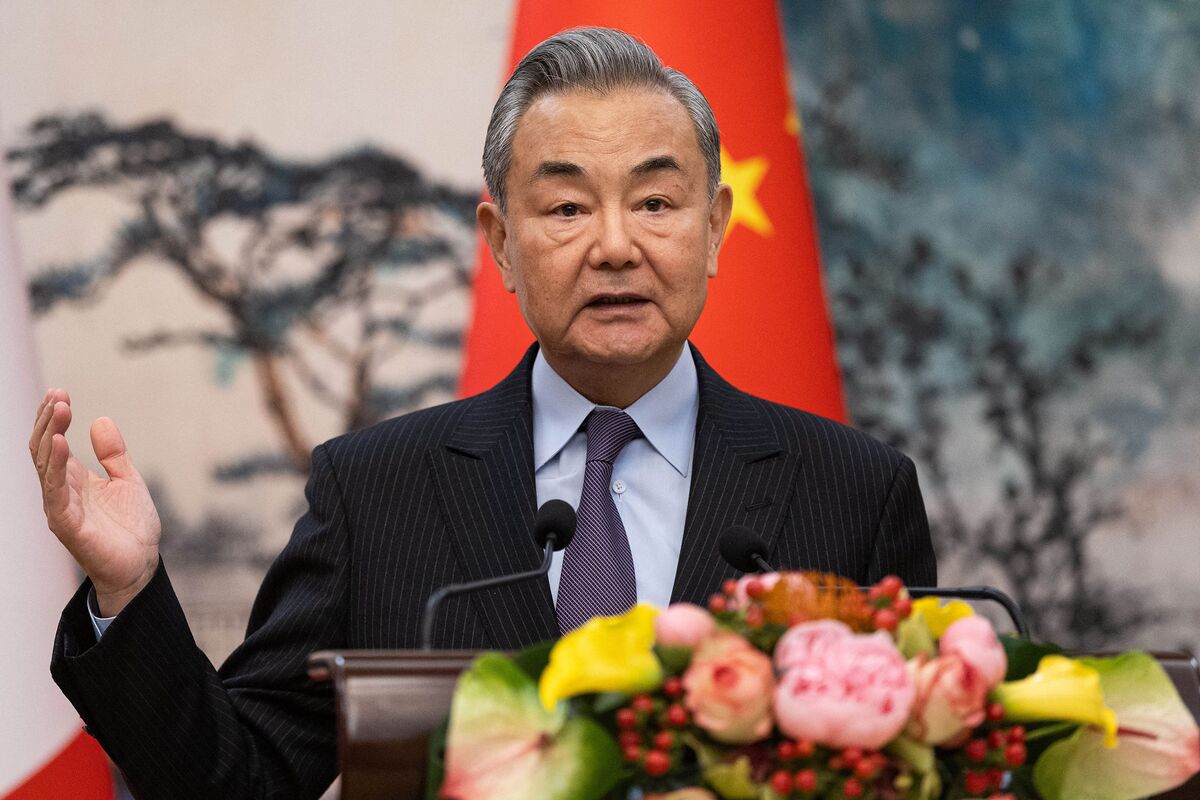Copyright Forbes

Today the Supreme Court heard oral arguments on a case that will decide whether President Trump has broad legal authority to impose tariffs as a key part of his foreign economic policy. Based on the Justices’ questions, it appears more likely than not that the Supreme Court will hold the President lacks this legal authority. An Administration loss would call into question the status of the tariffs already imposed and would affect the specifics of Administration trade negotiation tactics. Nevertheless, the Administration still could use alternative legal means as leverage to change other nations’ trade practices. Background Earlier this year, President Trump announced tariffs on imports from many U.S. trading partners. He used two main rationales for the decision: first, a “trafficking” emergency which imposed tariffs on goods from Canada, Mexico, and China due to their lack of accountability for involvement in drug trafficking and illegal immigration. Second, an economic emergency caused by the large trade deficit because of a lack of “reciprocal tariffs” imposed by the US. In implementing these tariffs, the administration invoked the International Emergency Economic Powers Act (IEEPA), a 1977 law that empowers the President to “regulate” or prohibit imports and other trade transactions when he declares a national emergency. Critics argued that President Trump is treating IEEPA as a blank check to impose economy-wide tariffs, displacing Congress’s constitutional power to “lay and collect” duties. Various states and small business harmed by the Trump tariffs sued in federal court. They argued that (1) IEEPA did not authorize the tariffs; and (2) in any event, IEEPA could not constitutionally have granted the president sweeping tariff authority. Some challenges were filed before the U.S. Court of International Trade, others before a federal district court. The district court held the tariffs to be unconstitutional, the Trade Court held that they were not authorized under IEEPA. The Federal Circuit Court of Appeals affirmed the Trade Court. The Trump Administration appealed, and the Supreme Court agreed to review the matter. MORE FOR YOU The Two Positions The challengers argue that the President should not be authorized to impose tariffs under IEEPA because: Tariff authority belongs to Congress: The Constitution’s Taxing and Spending Clause gives Congress, not the president, the exclusive power to set tariff policy. A broad and far-reaching congressional conferral of tariff power on the President, as the Administration claims it enjoys under IEEPA, would be an unconstitutional delegation of legislative authority. IEEPA does not authorize tariffs: IEEPA gives the president authority over foreign assets and transactions during a national emergency, but does not explicitly mention the power to impose tariffs. If Congress intended to grant the executive branch such immense economic power, it would have done so explicitly. Relatedly, under the Supreme Court’s “major questions doctrine,” the executive branch cannot regulate on a matter of “major national significance” without “clear statutory authority,” which is not found in IEEPA. Precedent is against the president: For nearly 50 years, no prior president has ever used the IEEPA to impose tariffs. On the other hand, the government justifies the tariffs imposed under IEEPA for these reasons: Broad emergency authority: IEEPA’s broad language gives the president the necessary authority to impose restrictions on imports, including tariffs, during a declared emergency. Inherent executive power: The president has inherent authority in matters of international economic policy. In fact, Congress confirmed the broad scope of the president’s powers in foreign affairs during an emergency. Relatedly, the major questions doctrine does not apply to the president when he exercises his foreign affairs powers. Historical acquiescence: Congress has historically allowed presidents broad leeway in these situations, and IEEPA’s procedural requirements, which notify Congress of emergency actions, confirm this delegation of power. Economic necessity: The tariffs were a necessary move to overcome the trade deficit that threatens an economic and national security catastrophe While the President could have invoked statutes other than IEEPA that specifically mention tariffs, these are limited alternatives. Those laws come with their own requirements, limitations, and different justifications for imposing tariffs. They do not offer the same broad, discretionary authority to act quickly that the Trump administration enjoys under IEEPA. The Supreme Court Argument A Divided Court The November 5 oral argument revealed a split on the Court. A key issue that generated many questions was whether or tariffs were covered by the IEEPA term “regulate.” Also raised were the constitutionality of IEEPA tariffs in light of Congress’s specific constitutional authority to lay and collect taxes The 3 Democratic appointees, Justices Kagan, Sotomayor, and Jackson, clearly favored the position of the IEEPA challengers. The two most conservative Republican appointees, Justices Thomas and Alito, sharply challenged the Trump Administration’s counsel and seemed sympathetic to key Administration arguments. The 4 other Republican appointees fell along a spectrum from the most likely (Gorsuch) to the least likely (Kavanaugh) to side with the challengers to IEEPA. Justice Gorsuch emphasized that the “breadth of the president's inherent foreign affairs powers” claimed by the government “would threaten to undermine the Constitution's separation of powers between the federal government's executive and legislative branches.” Of the 4, he appears most sympathetic to the challengers. Chief Justice Roberts stated that “the imposition of taxes on Americans . . . has always been the core power of Congress," but he also noted that foreign affairs is a core executive power and has given President Trump leverage in making foreign agreements. Justice Barrett focused on questions of IEEPA statutory construction. She also stated that it could be "a mess" for courts to administer refunds to U.S. importers who have already paid Trump tariffs. Barrett asked difficult questions to both sides – she appears to be “on the fence.” Justice Kavanaugh seemed somewhat sympathetic to prior precedents that supported the Administration’s reading of IEEPA. He may be slightly more inclined toward the Administration’s position, but he acknowledged good points made by both sides. Bottom line, the probabilities seem to favor the IEEPA challengers The best case scenario for the challengers would be a 7-2 win, the best for the Administration 6-3. The key swing justices appear to be the Chief Justice and Justice Barrett. My guesstimate would be a 5-4 or 6-3 decision striking down the IEEPA tariffs. Keep in mind, though, that the tone of a Supreme Court oral argument does not guarantee the outcome. And, as Yogi Berra pointed out, “it’s tough to make predictions, especially about the future.” What’s Next If the Administration wins, its trade policy can proceed as normal. But even if it loses, it may be able to apply other legal tools to use as leverage in changing trading partners’ economic policies: A loss by the Administration would not automatically make businesses that had paid tariffs whole. They would have to go through administrative procedures and perhaps file suits with the U.S. Court of International Trade to achieve refunds. Whether these costly initiatives would be worth it could depend upon the amount they have paid. The Administration might consider using IEEPA authority to impose specific quotas or other trade restrictions that did not raise tariff implications. Based on the oral argument, the Supreme Court seemed to view such alternatives fairly favorably. The Administration might choose to invoke other tariff-granting statutory authority to obtain leverage in trade deals. Those laws come with their own requirements, limitations, and different justifications for imposing tariffs. They do not offer the same broad, discretionary authority to act quickly that the Trump administration enjoys under IEEPA. The Trump might also seek changes in anticompetitive foreign regulations that distort international trade and harm the U.S. and foreign economies. The Administration could emphasize that it is in the process of rescinding anticompetitive regulations and that trade agreements on reducing anticompetitive market distortions would be a “win-win” for all parties.



